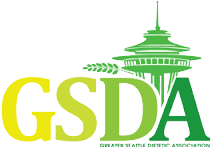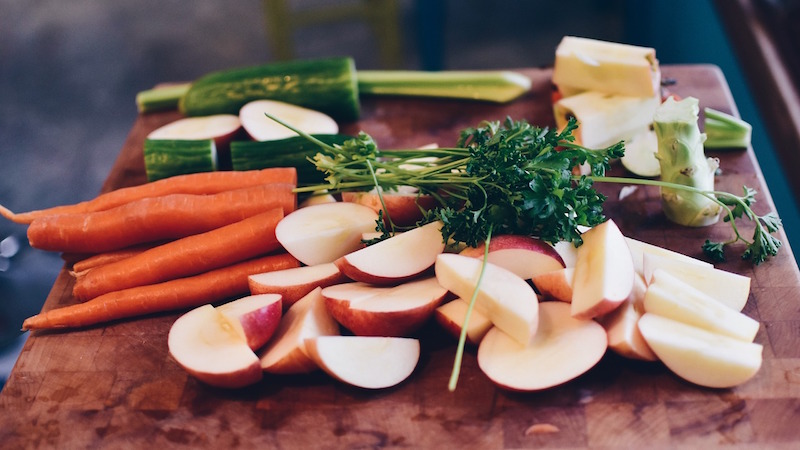Try the heart-healthy DASH diet
DASH stands for Dietary Approaches to Stop Hypertension, which is another term for high blood pressure. This eating plan is well researched for its powerful effect on lowering blood pressure by using food’s own nutrients (specifically potassium, calcium and magnesium). This is why the DASH diet recommends eating more—that is, more of foods that are high in these nutrients!
Specifically, the DASH diet encourages you to increase your intake of fruits and vegetables, whole grains, nuts and seeds, and legumes.The plan also encourages you to eat less—less salt, saturated fat, red meat, sweets and sugary beverages, all of which negatively affect blood pressure.
What’s the Big Deal with High Blood Pressure?
As many of you already know, blood pressure is a measure of the force of blood hitting against the walls of your arteries (the vessels around your heart). When blood pressure is too high (> 140/90) for an extended period of time, it puts too much strain on the heart, and the heart cannot effectively pump blood around the body.High blood pressure also contributes to atherosclerosis (the hardening of the arteries), which increases your risk for strokes and congestive heart failure, kidney failure and blindness.
Getting Started with DASH
A good way to start is to simply observe and keep track of your current eating habits. Write down what you eat, how much, when and why. You’ll quickly be able to see where you can start making changes.For example, just decreasing your salt intake while increasing your vegetable intake can have a big impact on lowering blood pressure!
Use these DASH guidelines to find a balance of more nutritious foods and less salty, processed foods.
Increase!
- More fruits and vegetables (4–5 servings of each per day). Choose fresh, frozen or canned with no salt added.To increase flavor, sprinkle vinegar or citrus, add fresh or dried herbs or spices, and try salt-free seasoning blends.
- More whole grains (7–8 servings)—such as whole-wheat bread/wraps/pasta, oatmeal and brown rice. Cook without salt, and cut back on instant or flavored mixes.
- More unsalted nuts and seeds (4–5 one-ounce servings per week). Add your own flavorings such as cinnamon for sweet or cayenne pepper for spice.
- More beans/legumes (1–2 servings per week). If canned, rinse to remove extra salt, and add lemon or lime juice to keep them tasty.
- More fresh poultry, fish and lean meat (rather than canned or processed types).
Decrease!
- Cut back on frozen dinners, pizza, canned soups or broths.
- Eat less of premixed salad dressings.Make your own with a mixture of olive oil and vinegar, plus a spice or two.
- Buy low- or reduced-sodium or no-salt-added versions of foods and condiments.
(The above recommended intake amounts for the DASH diet are based on 2000 calorie diet.)
Along with choosing a DASH approach to eating, you can make other lifestyle factors to decrease blood pressure. These include maintaining a healthy weight, being physically active, drinking less alcohol and taking prescribed drugs as needed. Talk with your provider! And learn more about the DASH diet at the American Heart Association.
Christy Goff, MS, RDN, is GSDA’s public relations co-chair and president-elect. She’s an employee wellness dietitian and community liaison for a team called the Living Well Alliance at Pacific Medical Centers.

